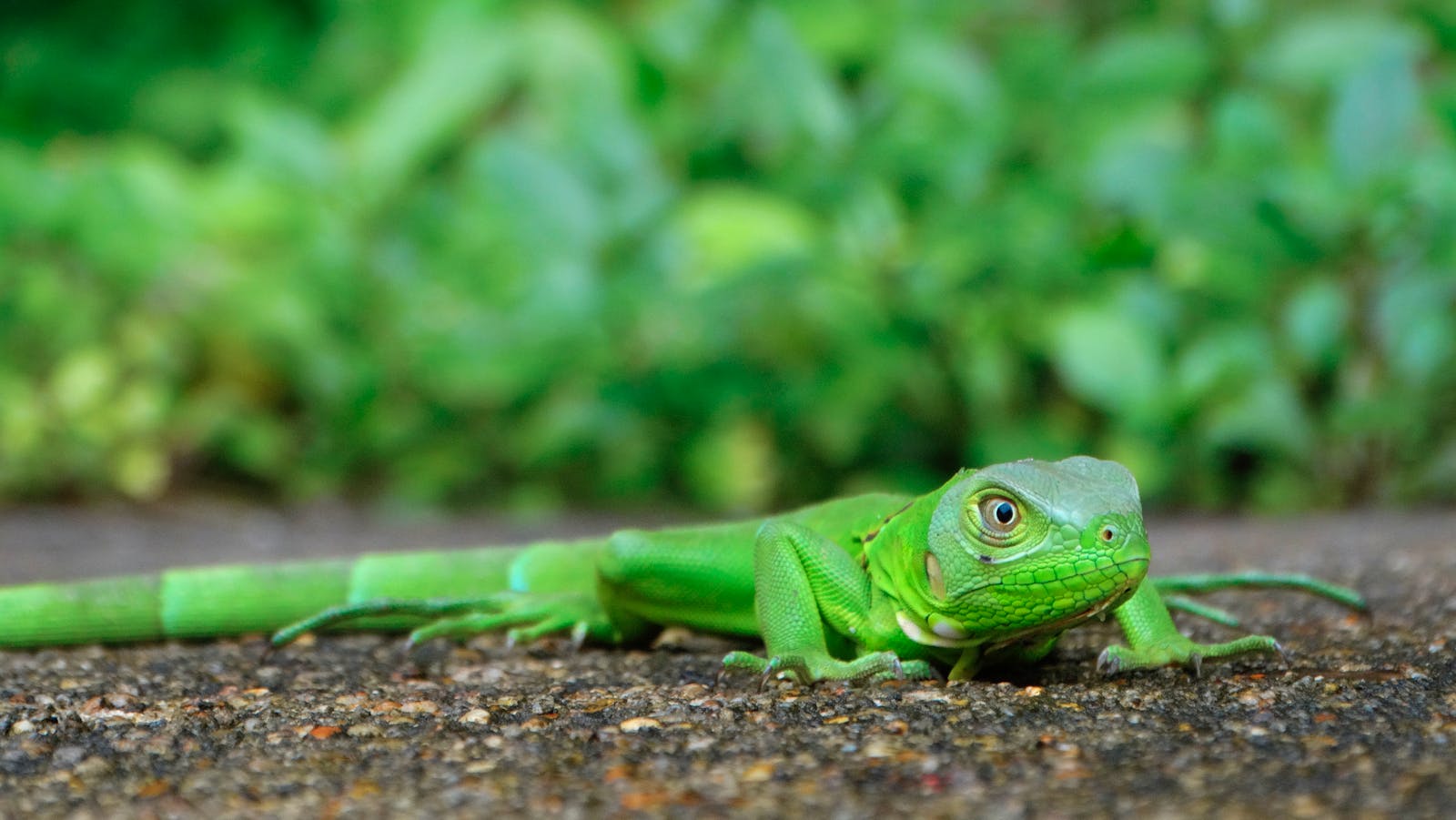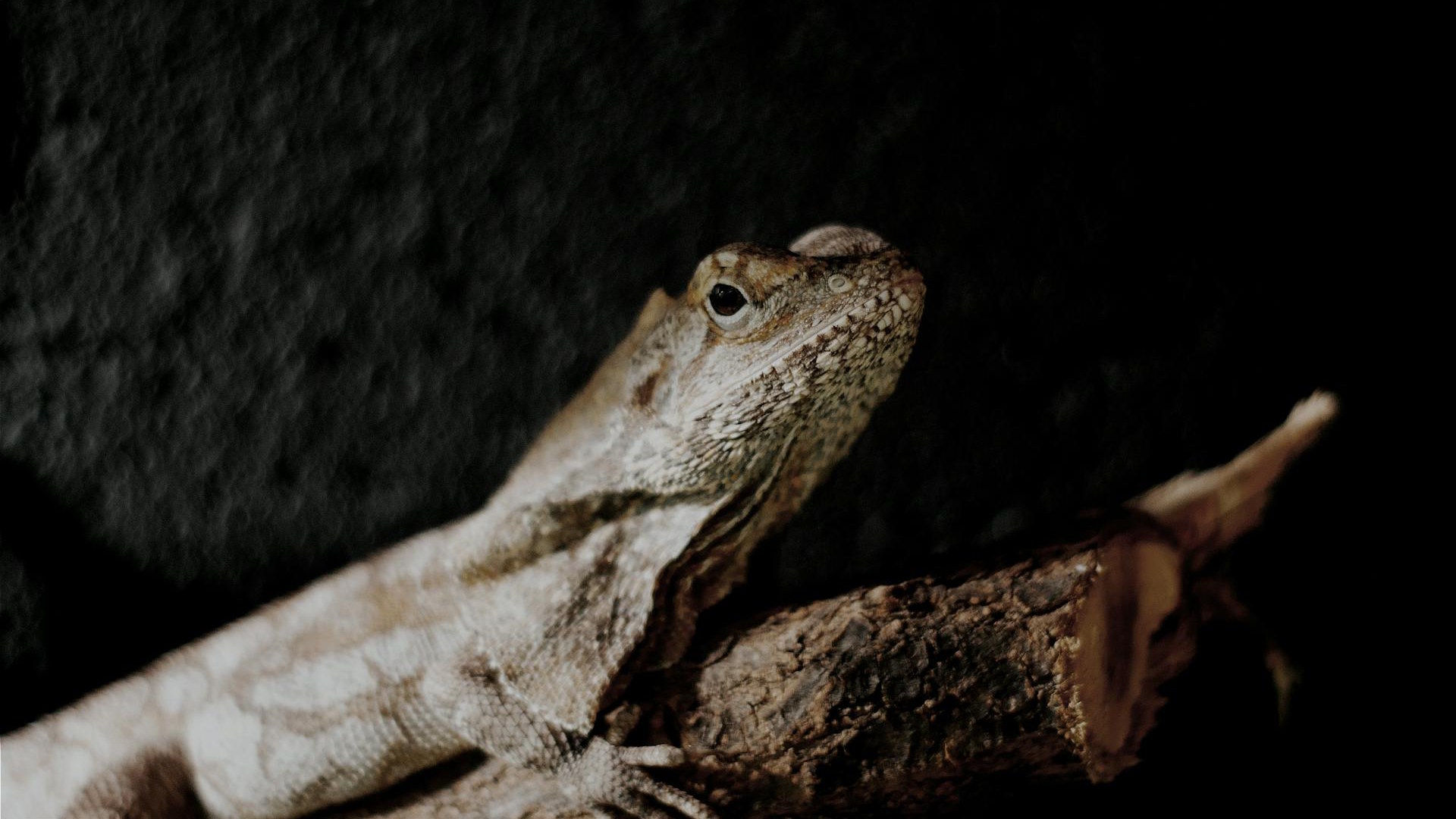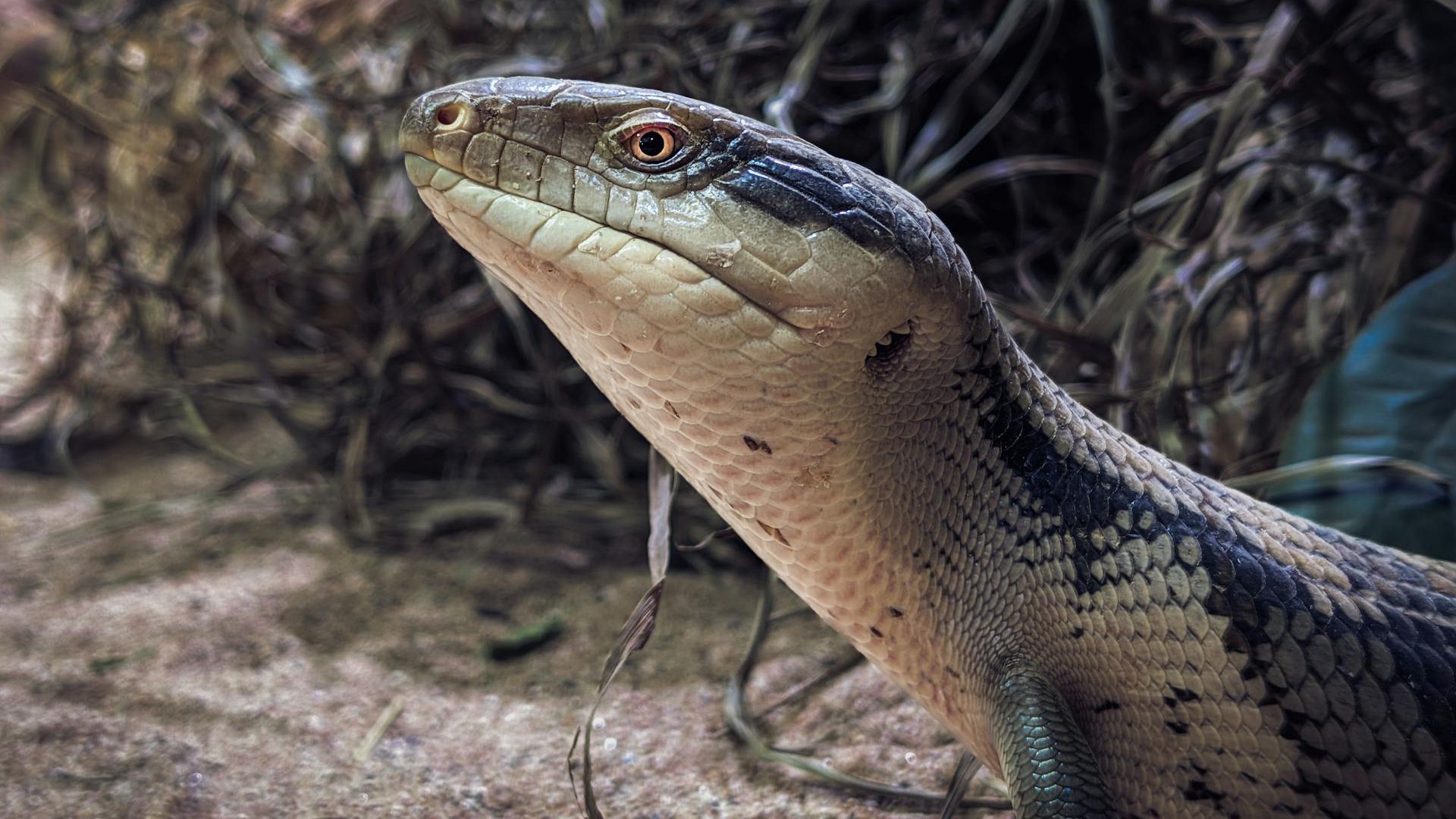In the diverse world of reptiles, lizards stand out as evolutionary marvels with behavioral adaptations that have allowed them to thrive across six continents and countless ecological niches. From the diminutive gecko to the impressive Komodo dragon, these scaled wonders have developed fascinating and sometimes startling behaviors that continue to surprise even seasoned herpetologists. While we might think of lizards as simple creatures that merely bask in the sun and occasionally dart after prey, their behavioral repertoire is remarkably complex. These cold-blooded vertebrates display problem-solving abilities, social structures, hunting strategies, and defensive tactics that challenge our understanding of reptilian intelligence and adaptability. Let’s explore some of the most astonishing lizard behaviors documented by researchers in natural habitats around the world.
Blood-Squirting Defense Mechanism

When threatened, the horned lizard (Phrynosoma) employs one of the most shocking defensive tactics in the animal kingdom—it squirts blood from its eyes. This remarkable behavior occurs when the lizard increases blood pressure in sinuses around its eyes until the vessels rupture, projecting blood up to five feet away. The blood contains chemical compounds that are particularly distasteful to canine predators such as coyotes and foxes, causing them to retreat in disgust. Researchers have documented that this blood-squirting defense is used specifically against mammalian predators, while different tactics are employed against snakes and birds of prey. The lizard can lose up to 25% of its blood volume during this defensive display without apparent harm, demonstrating the extreme adaptations evolved for survival in harsh desert environments.
Tail Autonomy with Strategic Deployment

Many lizard species can detach their tails when grabbed by predators—a well-known behavior called caudal autonomy—but recent studies reveal surprising sophistication in this seemingly simple defense mechanism. Rather than being a passive response to predator contact, some species actively deploy their tails as decoys in calculated ways. The leopard gecko, for instance, will wave its tail enticingly when threatened, deliberately drawing the predator’s attention away from its vital organs. Even more remarkably, once detached, some lizard tails continue moving for up to 30 minutes, performing complex flips and wriggling patterns that vary depending on which predator species is present. Desert-dwelling species like the zebra-tailed lizard can even drop their tails preventively upon detecting certain predator scents, before any physical contact occurs, demonstrating a level of threat assessment previously unrecognized in reptiles.
Complex Social Structures
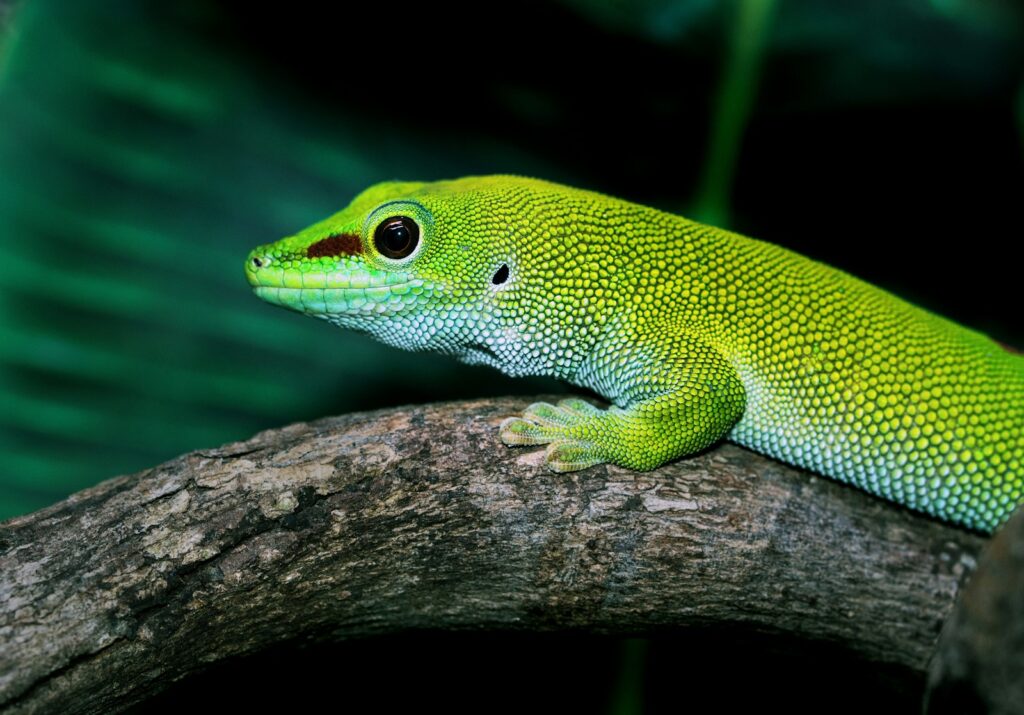
Contrary to their reputation as solitary creatures, many lizard species maintain elaborate social hierarchies and family structures that rival mammalian social systems. The desert night lizard forms family groups where parents and offspring from multiple seasons live together, recognizing relatives through chemical cues and demonstrating preferential treatment toward kin. Australian desert-dwelling great desert skinks construct and maintain complex multi-chambered burrow systems that house extended family units across generations, with different chambers designated for specific activities like breeding or communal defecation. Perhaps most surprising are the recently documented “daycare” systems among certain monitor lizard populations, where unrelated adults take turns watching groups of juveniles while other adults forage for food. These social bonds can persist for years, challenging the traditional view of reptiles as asocial animals driven solely by instinct.
Bilateral Breathing Technique
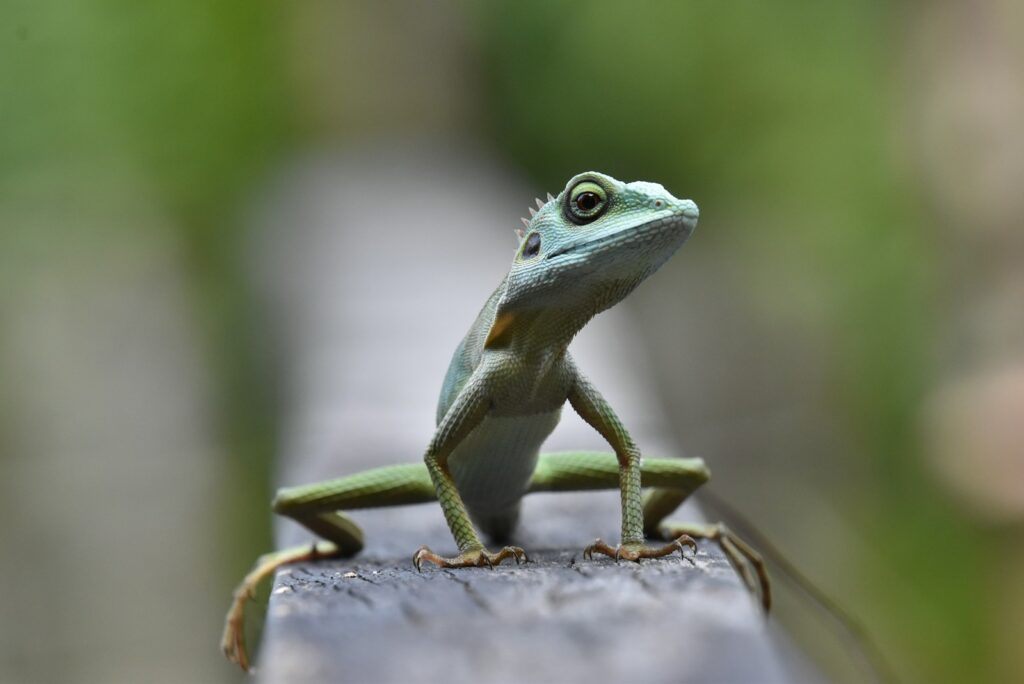
Marine iguanas of the Galápagos Islands have developed one of the most unusual respiratory adaptations observed in reptiles—they can breathe from only one lung at a time. This remarkable behavior allows them to dive to depths of up to 30 feet and remain submerged for up to 30 minutes while foraging for algae. By alternating which lung is active, these specialized lizards can effectively manage their buoyancy underwater while conserving oxygen. Scientists have observed that during particularly challenging dives, marine iguanas can slow their heart rate from about 43 beats per minute to just 7 beats per minute, entering a state similar to self-induced bradycardia. More astonishingly, they possess specialized salt glands connected to their nostrils that allow them to “sneeze” out excess salt consumed during their marine foraging, sometimes projecting these salt crystals several feet in dramatic displays that early sailors mistook for “dragon breath.”
Tool Use Among Monitor Lizards
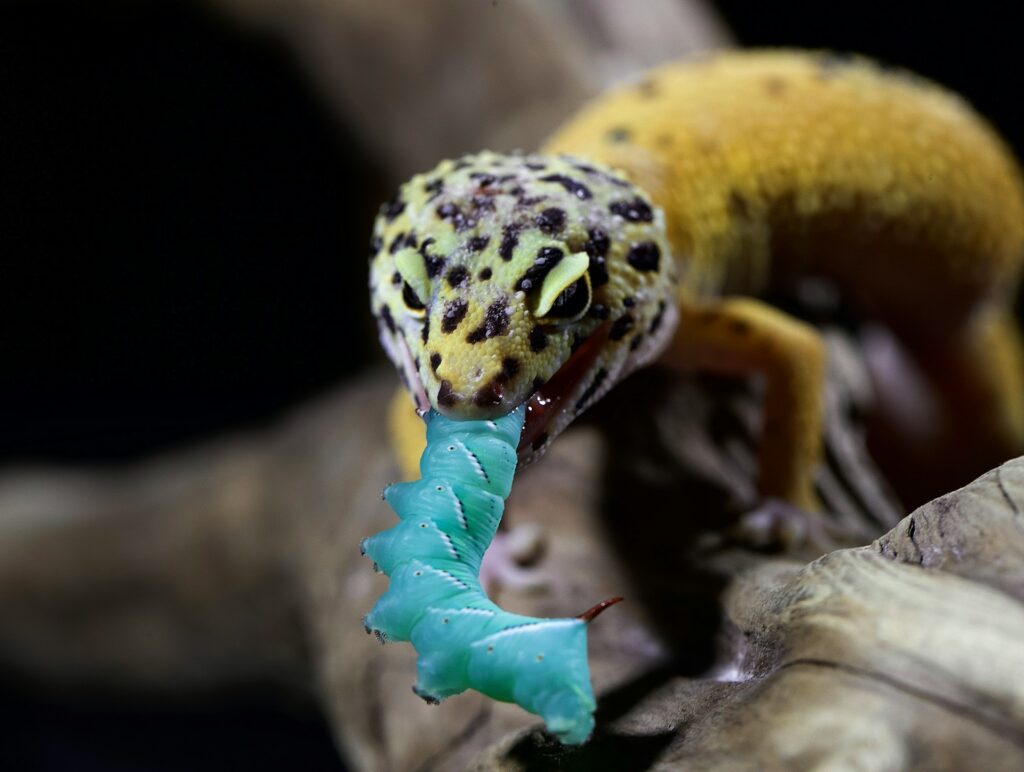
Long considered the exclusive domain of birds and mammals, tool use has now been documented in certain monitor lizard species, particularly the Komodo dragon and its relatives. Researchers in Thailand have observed water monitors using sticks as props to reach elevated bird nests, deliberately positioning the sticks against trees to create makeshift ladders. Even more impressively, captive Komodo dragons have been documented using objects as fulcrums to gain leverage when moving heavy items, demonstrating understanding of basic physics principles. In the wild, monitors have been seen using their tails as whips to knock prey off branches, and some individuals repeatedly use specific rocks to crack open mollusc shells in a manner reminiscent of sea otters. These observations have prompted a reevaluation of reptilian cognitive abilities and suggest that the neural complexity required for tool use evolved independently in multiple vertebrate lineages.
Elaborate Courtship Dances
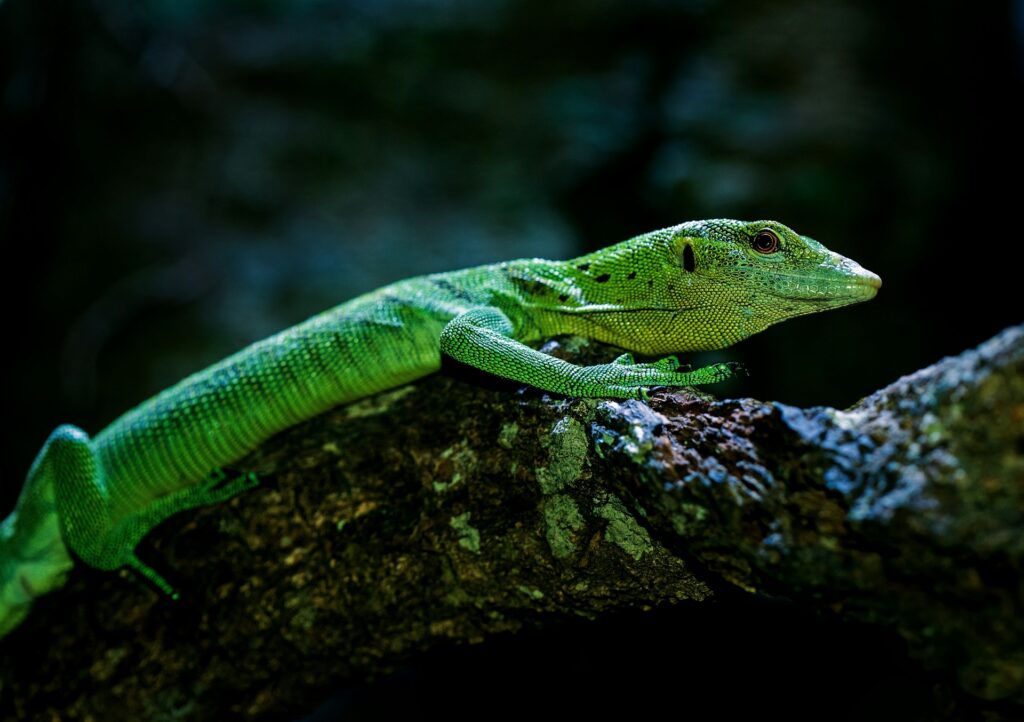
The mating rituals of certain lizard species involve intricate behavioral displays that rival the most elaborate bird courtship dances. The male fan-throated lizard of South Asia performs a spectacular display where it unfurls a colorful throat fan while performing push-ups and head-bobbing movements in precise sequences unique to each individual. Desert-dwelling frilled lizards engage in territorial displays where males circle each other with their impressive neck frills fully extended, each trying to occupy the optimal position relative to the sun to make their frill appear larger and more colorful to watching females. Perhaps most impressive are the courtship displays of certain Anolis species, which incorporate specific environmental features—males have been observed selecting particular leaves or branches based on their resonant qualities, using them as amplifiers for their territorial calls. These displays can last for hours and follow specific regional “dialects” that allow females to identify males from their local population.
Freeze-Tolerance in High-Altitude Species
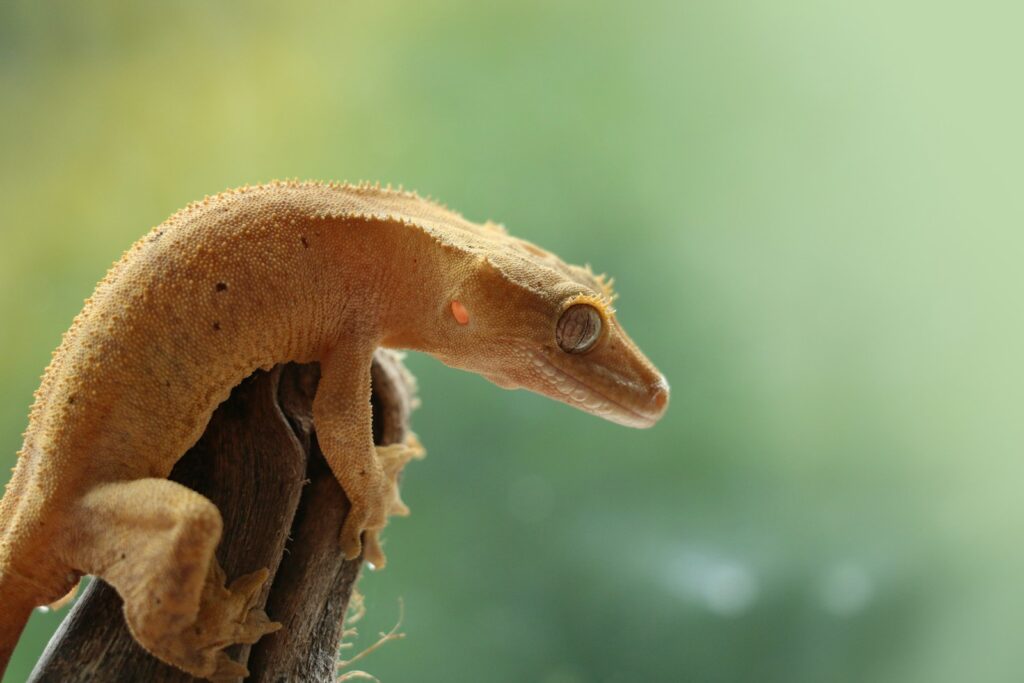
Several high-altitude lizard species have developed the remarkable ability to survive being frozen solid for extended periods—a behavior previously thought impossible for reptiles. The high-altitude Liolaemus lizards of the Andes can survive body temperatures dropping to 26°F (-3°C), with up to 70% of their body water converted to ice. Unlike freeze-avoiding adaptations seen in other animals, these lizards allow ice formation in extracellular spaces while producing specialized proteins that prevent ice crystals from damaging cell membranes. Most surprisingly, researchers have documented these lizards deliberately seeking out exposed rocky areas before snowstorms rather than seeking shelter, positioning themselves to maximize early morning sun exposure once the storm passes. This behavior allows them to rapidly rewarm and resume activity while competitors remain in sheltered but shaded locations, providing a competitive advantage in harsh mountain environments where active periods are limited.
Sophisticated Hunting Strategies
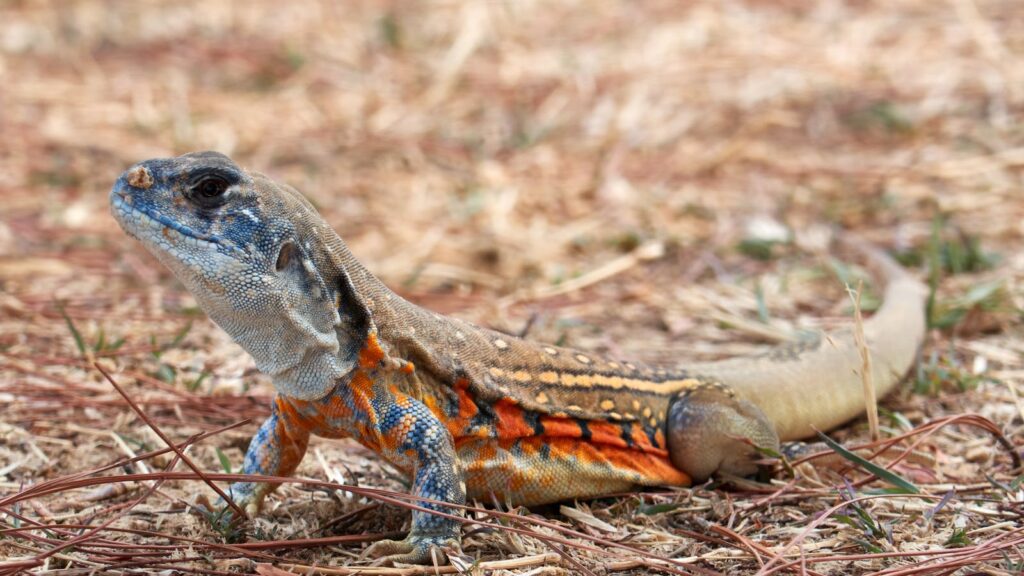
Far from being simple ambush predators, many lizard species employ complex hunting strategies that demonstrate remarkable problem-solving abilities. The tegu lizard of South America has been observed engaging in cooperative hunting behaviors, with pairs of lizards working together to flush prey from hiding spots into areas where they can be more easily captured. Certain monitor lizard species practice what researchers call “predictive hunting,” where they learn the movement patterns of prey animals and position themselves to intercept rather than chase them. Perhaps most surprising is the hunting behavior of the Central American basilisk lizard, which will deliberately drop fruits or small pebbles into water to attract fish, creating a primitive form of tool-assisted fishing. These strategic approaches to hunting require spatial awareness, memory, and even anticipatory thinking—cognitive abilities that challenge traditional views of reptilian intelligence.
Gliding and Aerial Locomotion
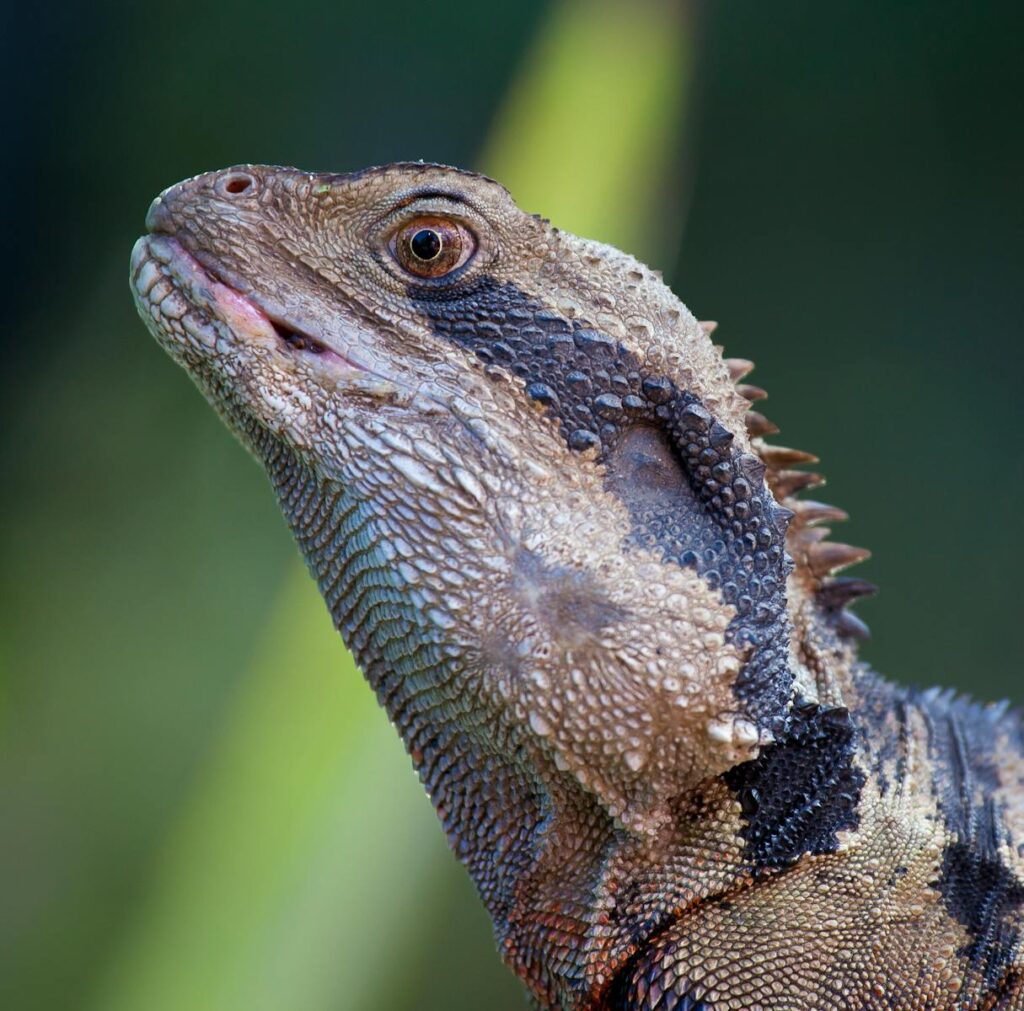
The flying dragons (Draco species) of Southeast Asia have evolved one of the most spectacular locomotor adaptations in the reptile world—the ability to glide between trees using expandable rib “wings.” What researchers have recently discovered is that these lizards don’t simply glide passively but actively maneuver mid-flight by adjusting their patagium (wing membrane) and using their tails as rudders with remarkable precision. Individual lizards have been observed making in-flight adjustments to avoid obstacles and can turn at angles exceeding 90 degrees while maintaining glide efficiency. Most surprisingly, certain Draco individuals appear to engage in non-essential gliding—making flights when walking or climbing would be more energy-efficient—suggesting that gliding may serve social signaling functions beyond simple locomotion. Researchers have documented specific gliding patterns used during territorial displays, with males performing elaborate aerial maneuvers that appear designed to impress females and intimidate rivals rather than optimize travel efficiency.
Venom Production and Delivery

While venomous snakes have long been studied, the discovery of true venom production in certain lizard species has revolutionized our understanding of reptile evolution. Beyond the well-known Gila monster and beaded lizard, researchers have now documented venom-producing capabilities in several monitor lizard species and even certain iguanians previously thought to be completely harmless. What’s particularly surprising is the complexity of these venom systems, with some species producing up to 16 different toxic compounds with effects ranging from preventing blood clotting to inducing paralysis. The Komodo dragon employs a hybrid hunting strategy using both bacterial toxins from its oral flora and true venom components that together create a powerful one-two punch against prey animals. Most remarkably, some smaller venomous lizard species have evolved unique delivery systems distinct from the groove-and-channel mechanism seen in snakes, including specialized serrated teeth that function like miniature saws to work venom deeper into wounds.
Parthenogenesis in Wild Populations
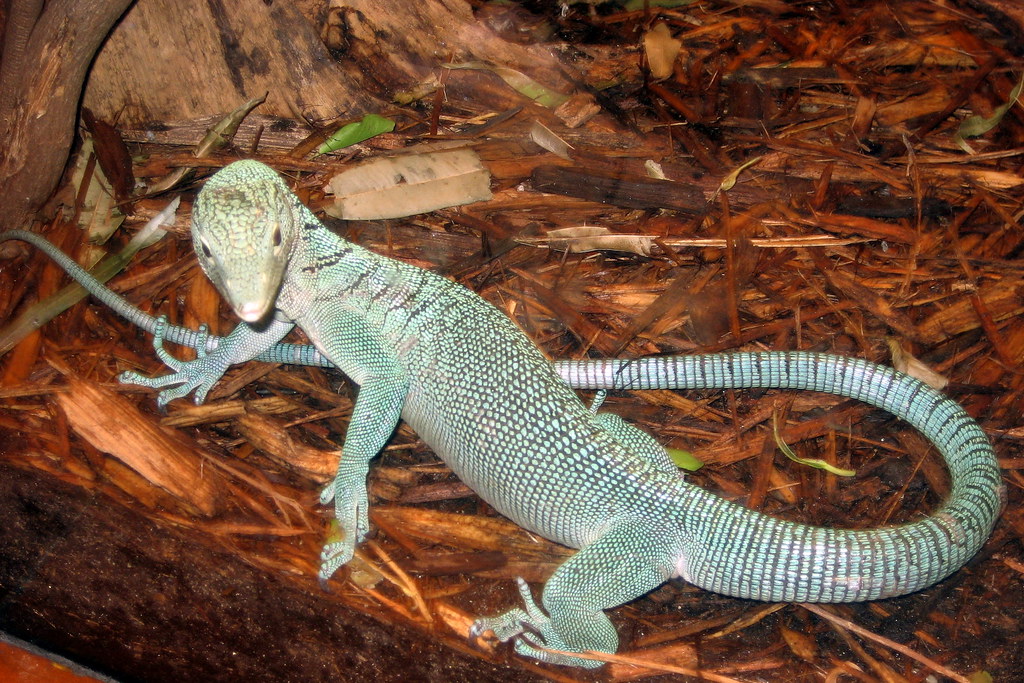
One of the most scientifically significant discoveries in herpetology has been the documentation of facultative parthenogenesis—virgin birth—in wild lizard populations. While previously known to occur in captivity under extreme circumstances, researchers have now confirmed that species like the Komodo dragon and certain whiptail lizards can reproduce without male fertilization in their natural habitats. Female Komodo dragons carry both male and female sex chromosomes (WZ), allowing them to produce viable all-male offspring (WW) through parthenogenesis when isolated from males for extended periods. Even more remarkably, some lizard species appear to switch between sexual and asexual reproduction strategically depending on environmental conditions, with parthenogenesis rates increasing during periods of low population density or following habitat disturbances. This reproductive flexibility provides these species with an evolutionary advantage during colonization events or after population crashes, allowing a single female to establish an entirely new population—a phenomenon recently documented on previously lizard-free volcanic islands in Indonesia.
Communication Through Ultraviolet Signaling
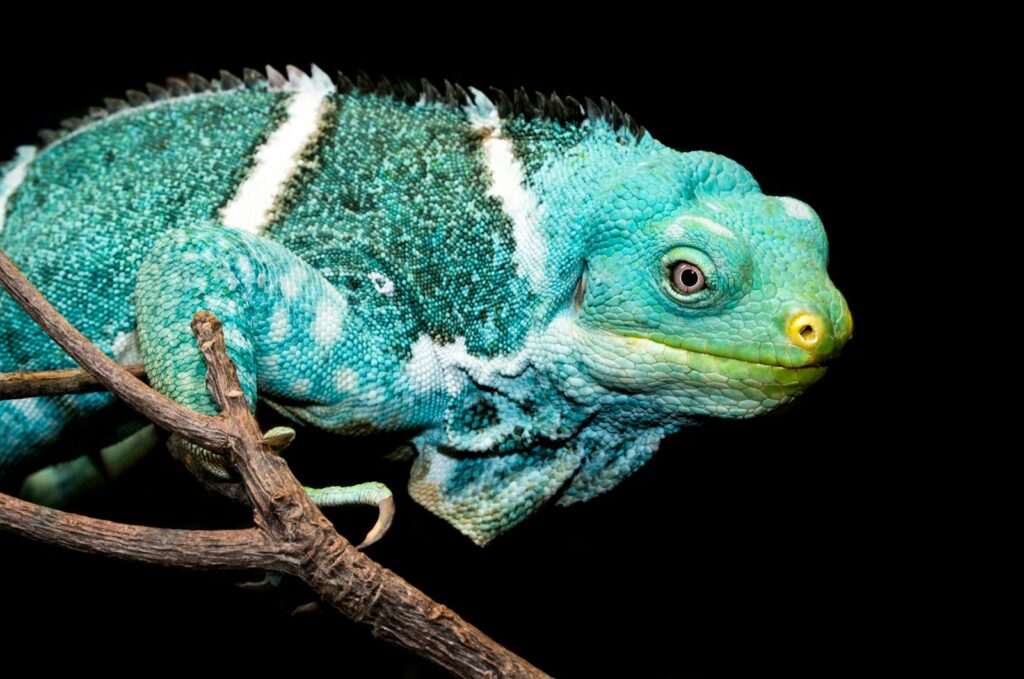
Scientists have recently discovered that many lizard species communicate through elaborate patterns visible only in the ultraviolet spectrum—signals completely invisible to human eyes but vibrant and detailed to lizard vision. The common wall lizard displays ultraviolet markings that signal genetic quality and territorial boundaries, with dominant males showing more vivid UV patterns during breeding season. Desert-dwelling species use UV-reflective throat patches that contrast against UV-absorbent sand to maximize visibility of territorial displays while minimizing exposure to predators. Most fascinating is the discovery that certain skink species have UV “secret” markings that appear only under specific environmental conditions—features that remain hidden until exposed to rain or high humidity, functioning as a type of environmental status signaling system. These ultraviolet communication systems are often sex-specific and can change seasonally, providing lizards with a private communication channel that most predators (except certain birds) cannot detect.
Self-Medication Behaviors
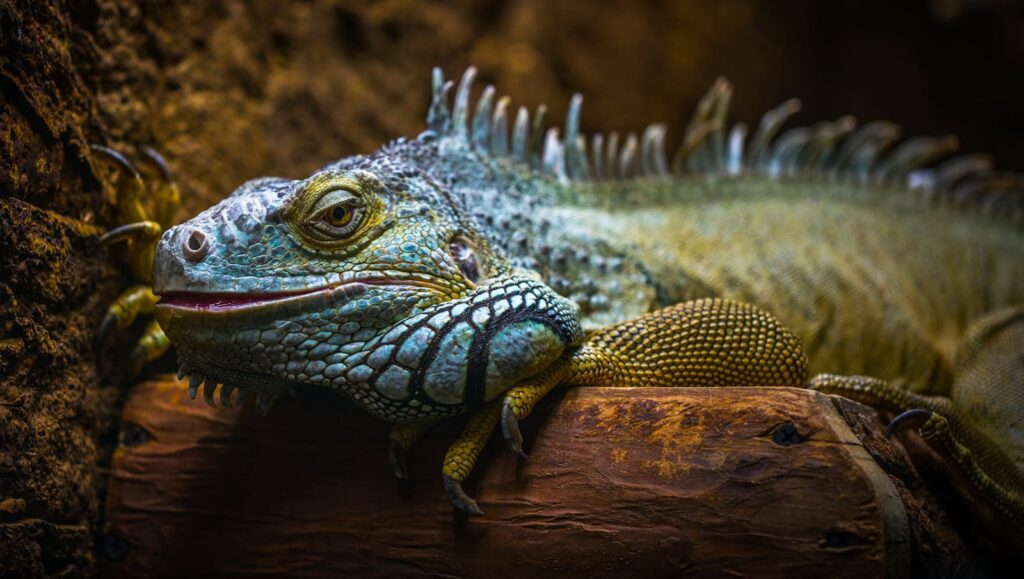
Perhaps the most cognitively complex behavior observed in wild lizards is their apparent ability to self-medicate. Several species have been documented seeking out and consuming specific plants with medicinal properties when infected with parasites. The green iguana selectively increases consumption of certain leaves containing compounds toxic to intestinal parasites when infection loads are high, while avoiding these same plants when healthy. Desert-dwelling species like the fringe-toed lizard have been observed coating their bodies with certain aromatic resins that function as natural insect repellents during peak mosquito seasons. Most remarkably, after suffering injuries, some monitor lizards have been documented seeking out and resting in microhabitats containing soil with antibiotic-producing fungi and bacteria, effectively using environmental resources to prevent infection. These behaviors suggest not only an awareness of internal physiological states but also learned associations between specific environmental resources and their medicinal effects—cognitive capabilities previously associated primarily with mammals and birds.
Conclusion
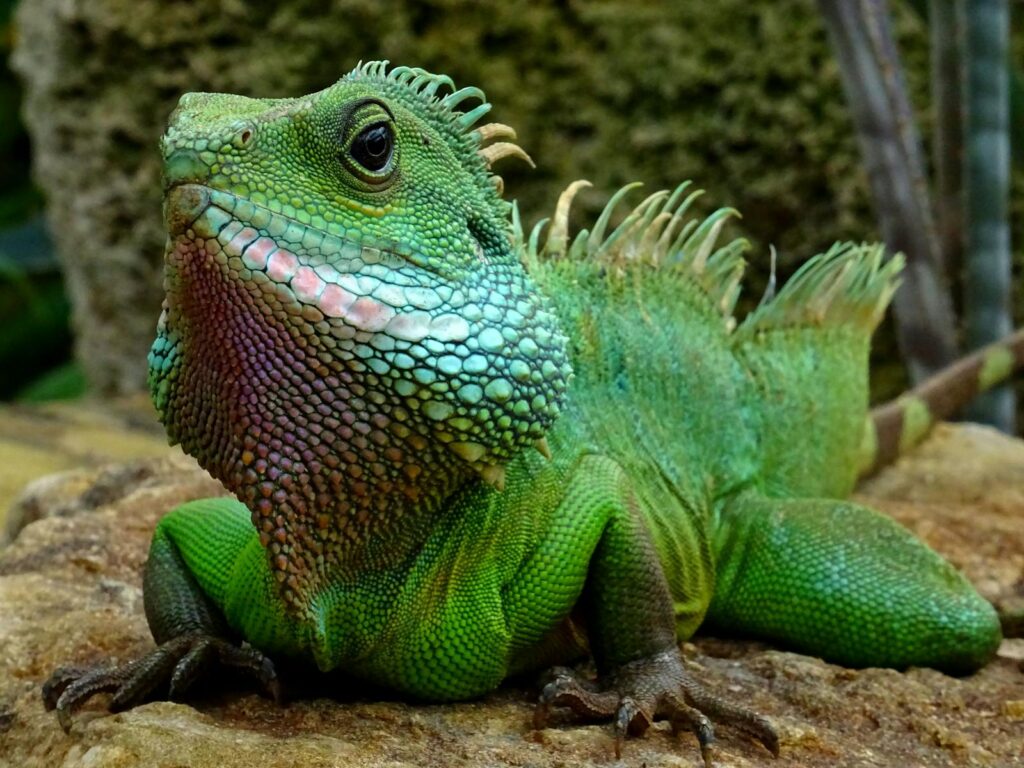
The world of lizard behavior continues to surprise and challenge our understanding of reptilian capabilities. From their sophisticated social structures to their problem-solving abilities, venomous adaptations, and self-medication practices, lizards have demonstrated a behavioral complexity that defies traditional views of reptiles as “primitive” vertebrates. These discoveries have important implications not just for herpetology but for our broader understanding of cognitive evolution and adaptation. As research techniques improve and more field studies focus on previously understudied species, we can expect even more surprising lizard behaviors to be documented. These fascinating creatures, having survived and thrived for over 250 million years, clearly have much more to teach us about the diverse ways intelligence and behavioral adaptations can evolve in response to environmental challenges.


